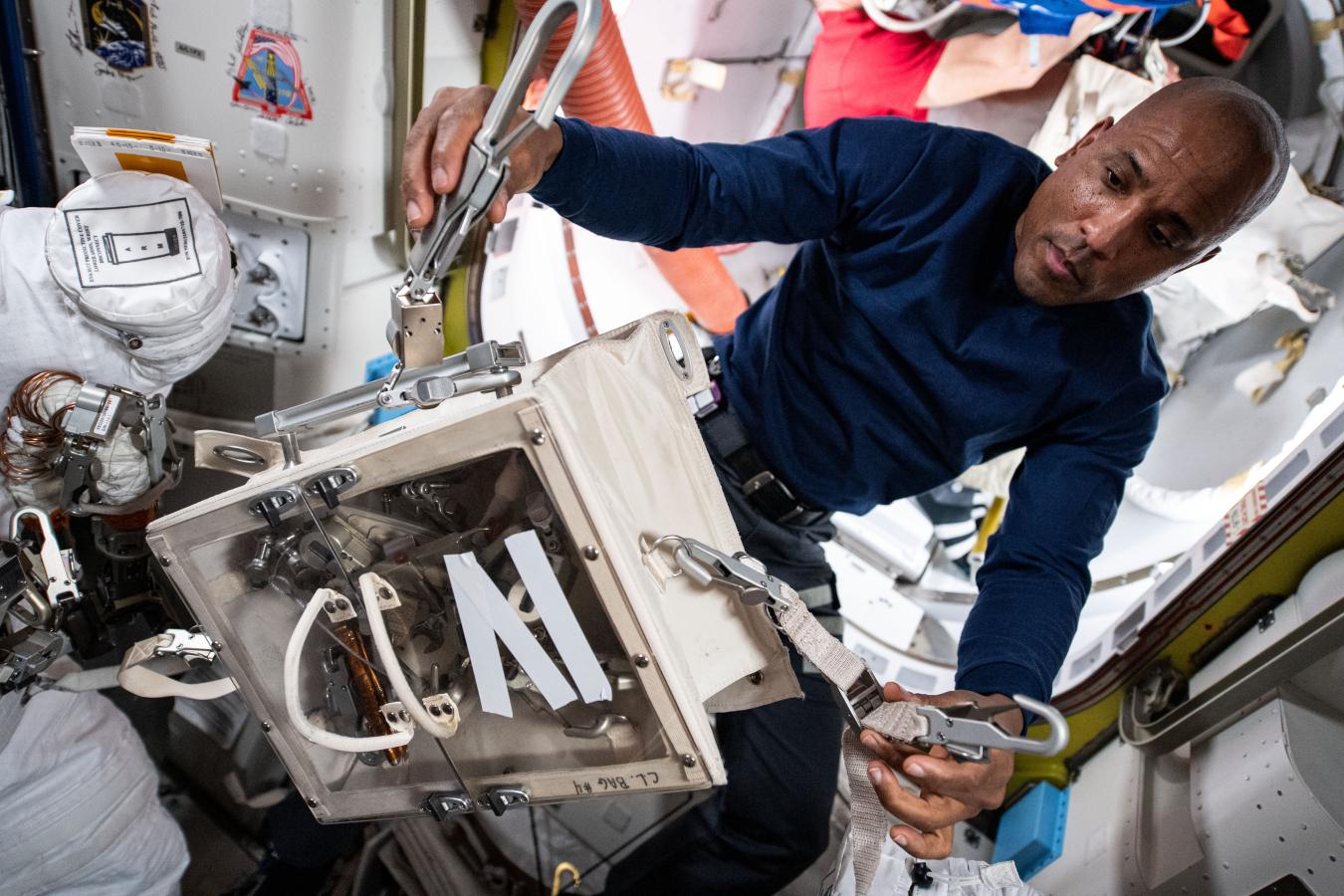Daily Do
How can Alexa-MIT App Inventor be used to help astronauts monitor their body systems?

Sensemaking Checklist




Lesson Snapshot
In Day 3, high school students, as scientists, consider the information vital signs provide about body systems to answer the following driving question: What can vital signs reveal about the proper functioning of body systems? Students use systems thinking to explain how different vital signs provide information about the functioning of (sub)systems that make up the whole-body system. In Day 4, high school students, as scientists, create a computer program to answer the following driving question: How can Alexa-MIT App Inventor be used to help astronauts determine if their body systems are functioning properly? Students revise and use a program that uses dialogue (input and output), data storage, and calculations to track a single vital sign in real-time and over time.
Click the Download PDF button above for the complete Lesson Plan.
Materials
Student Materials
Per Student or to Project on a Screen
• Vital Signs (handout)
• Temperature Checker Program Instructions Handout
• Flowchart Describing New Alexa Skill
Per Small Group (2 to 4 students)
- Access to the Alexa-MIT App Inventor on a computer, tablet, or mobile device
Teacher Materials
• Alexa for Astronauts Day 4 Presentation
Optional Teacher Resources
- OpenSciEd 3 Discussion Types
- Southern Illinois University School of Medicine Vital Sign Assessment
- The Jackson Laboratory Animation: Why is fever tracking important? Learn how to track your body temperature
- Johns Hopkins Medicine Vital Signs


